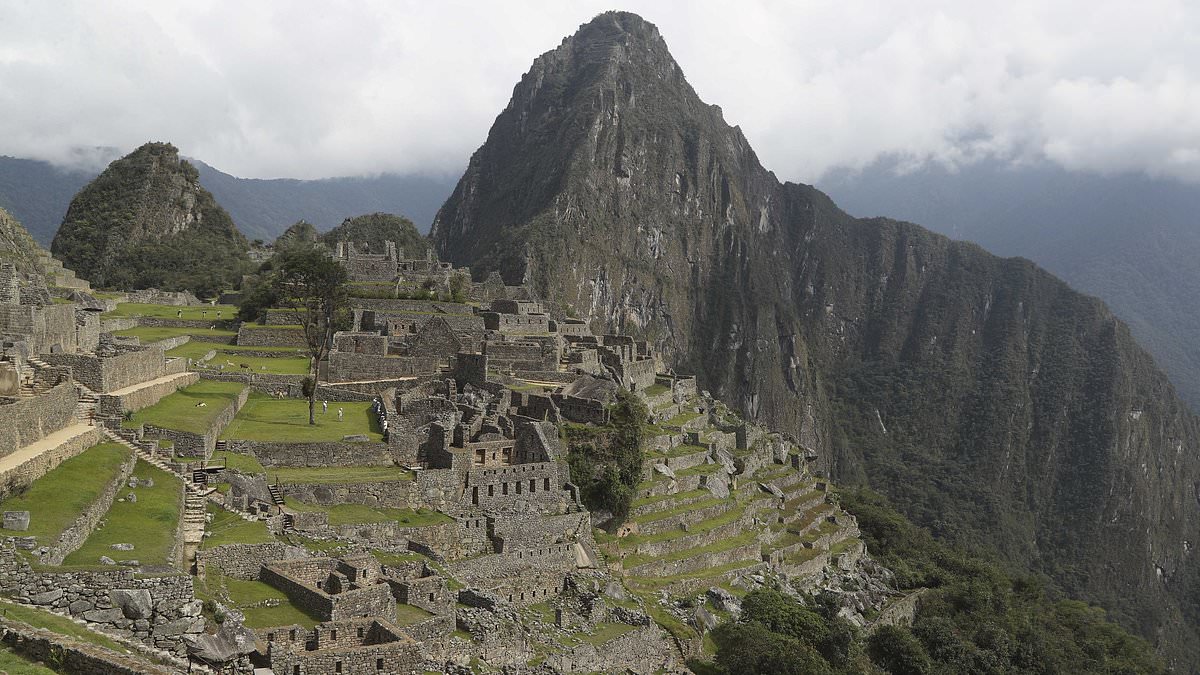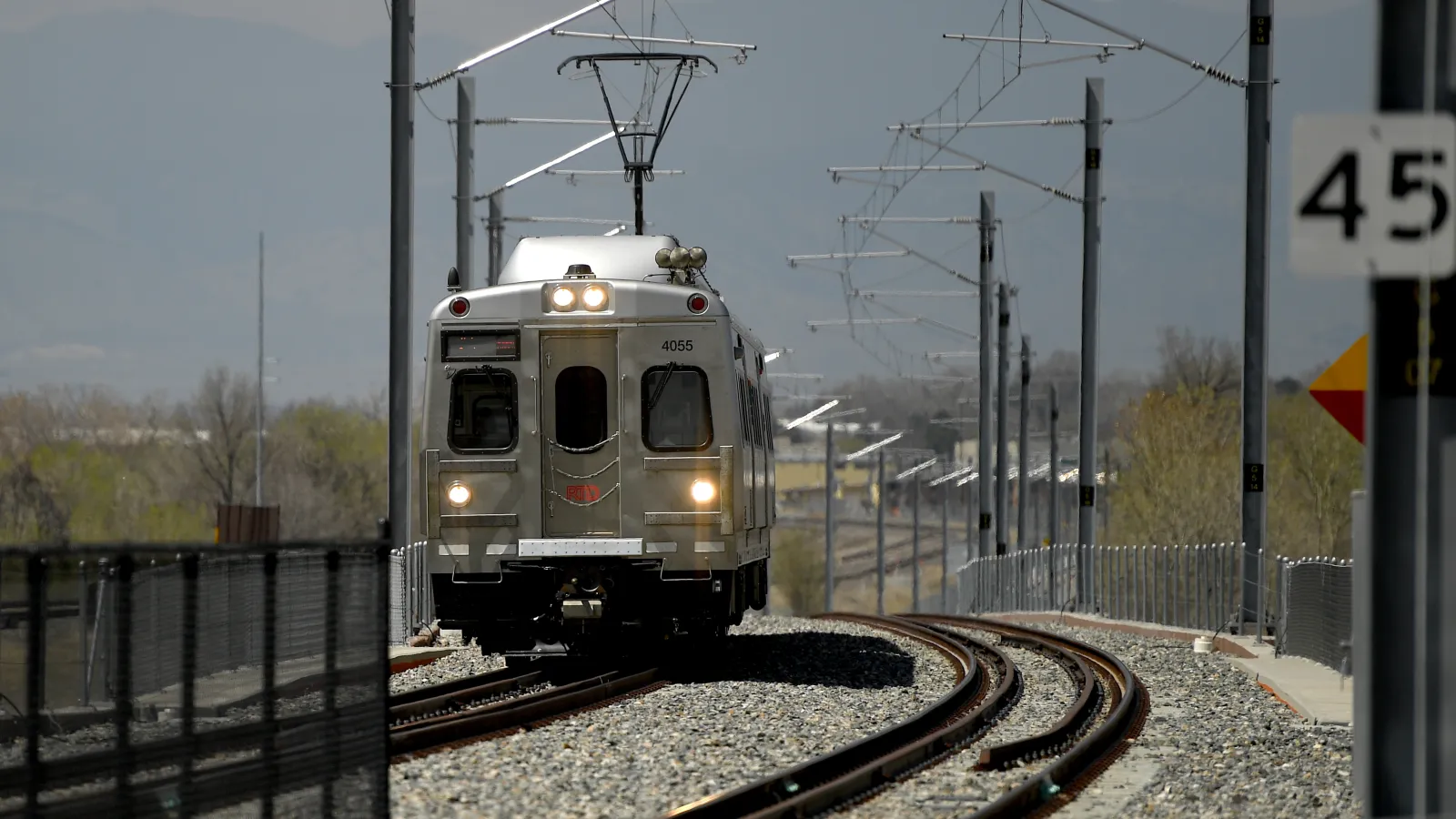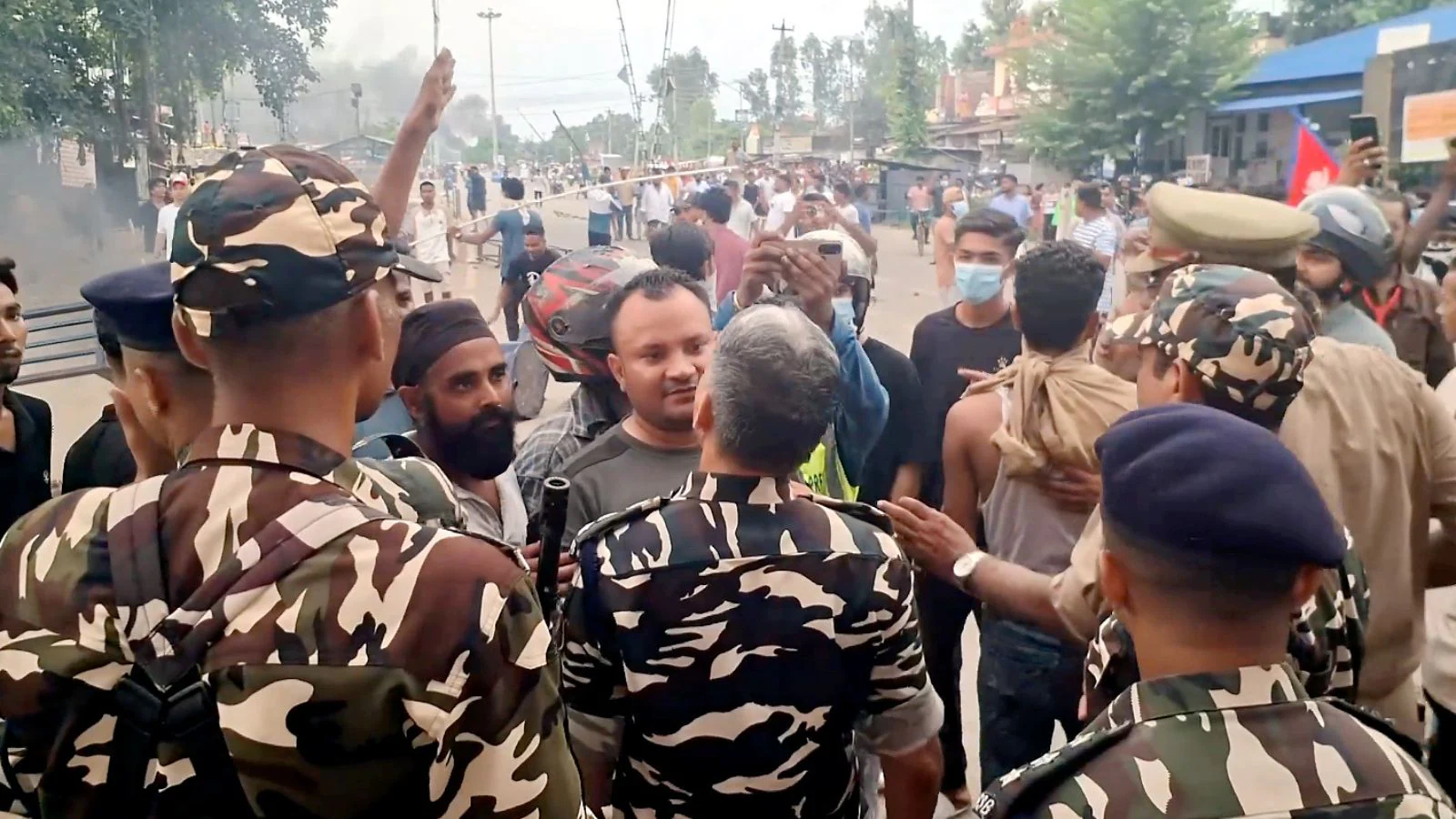Tourists trapped near Machu Picchu as protests block train route to ancient Inca citadel as US issues travel warning
By Editor,Sonya Gugliara
Copyright dailymail

At least 900 tourists were left stranded near Machu Picchu after protestors blocked the train tracks that lead to and from the ancient Inca city.
As a result of the chaos, the US Embassy has issued a travel warning, urging visitors to avoid the attraction until the conflict is resolved.
PeruRail, the Latin American country’s leading train operator, said service to and from the Word Wonder was suspended.
This service halt is a result of demonstrators covering the route in the mountainous Cusco region with rocks and logs.
The train company also stated ‘third parties’ had dug up part of its rail route, which slowed evacuation operations.
Locals have been clashing with authorities and bus companies, claiming there is no transparency in the process of choosing bus operators to service the tourist attraction.
To visit Machu Picchu, people must take a 68-mile train ride from Cusco, which was the capital of the Inca Empire, to Aguas Calientes.
From Aguas Calientes, visitors typically take a bus to the entrance of the historic sanctuary.
Demonstrations erupted last week when the concession of Consettur, the bus company that ferries visitors from Aguas Calientes to the Machu Picchu entrance, ended.
Another company was granted permission to operate in its place, but protestors in Aguas Calientes hindered it from doing so, according to Reuters.
Protestors believe this was a disadvantage to local companies, which could have benefited from the tourism market.
Tourism Minister Desilu Leon announced on a local radio station that 1,400 tourists, who were stranded at a train station, had been evacuated on Monday night.
During this operation, police were able to unblock the tracks temporarily, but 14 agents were injured in altercations with protestors as a result, according to AFP.
Approximately 900 people remain in Aguas Calientes, the closest town to the cultural site.
Those stuck in the town claimed authorities told them to trek several hours to catch a train or bus outside of the Machu Picchu region.
‘In my case, I can’t do it because my wife is pregnant,’ Miguel Salas, from Chile, told AFP.
The US Embassy in Peru issued a travel advisory on Tuesday.
‘Local organizations are protesting changes regarding the bus service contract serving the route to the Machu Picchu site, including by placing objects on the rail line tracks connecting Ollantaytambo and Machupicchu Pueblo,’ the warning reads.
‘Demonstrations in Machu Picchu Pueblo are expected to continue. Rail and road traffic on routes leading to Machu Picchu may be disrupted without prior notice.’
The Embassy said tourists should seek reimbursement or reschedule their trips. They are also urged to consult with guides and ‘adjust plans accordingly.’
Leon said there is a meeting scheduled with local authorities and unions to address locals’ grievances.
About 1,200 Machu Picchu tourists had to be evacuated in January 2024 due to protests over a new ticket sales system.
Residents were worried the new system would benefit a single company over local businesses.
About year before that, the site was closed for a little less than a month during unrest over the impeachment of the president at the time, Pedro Castillo.



